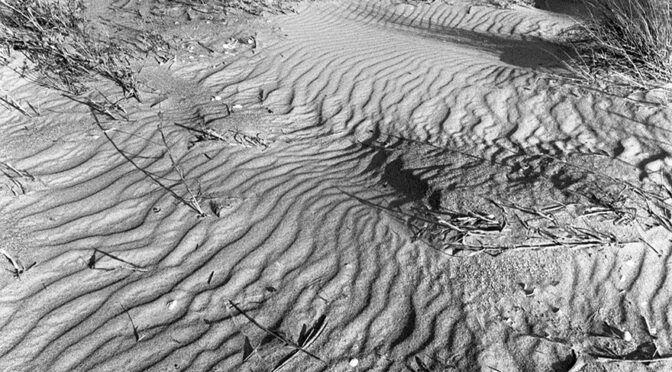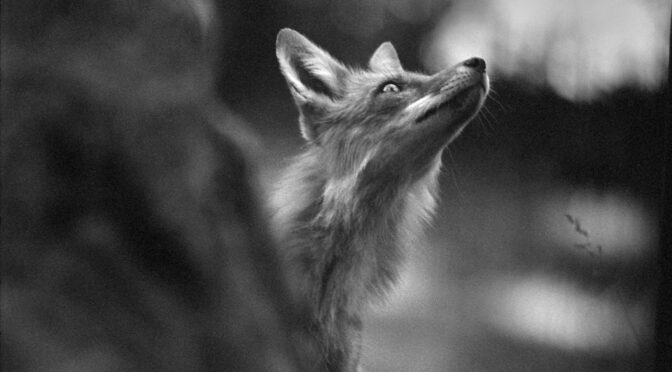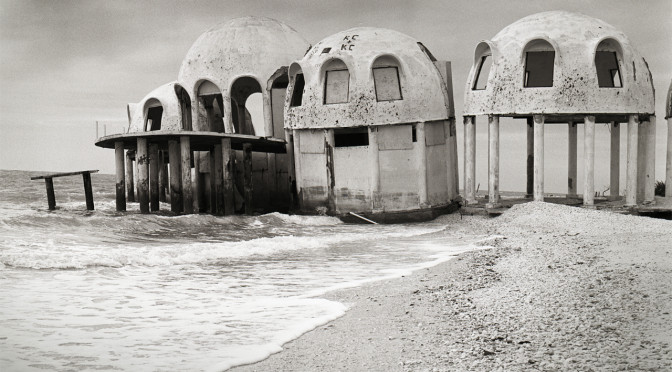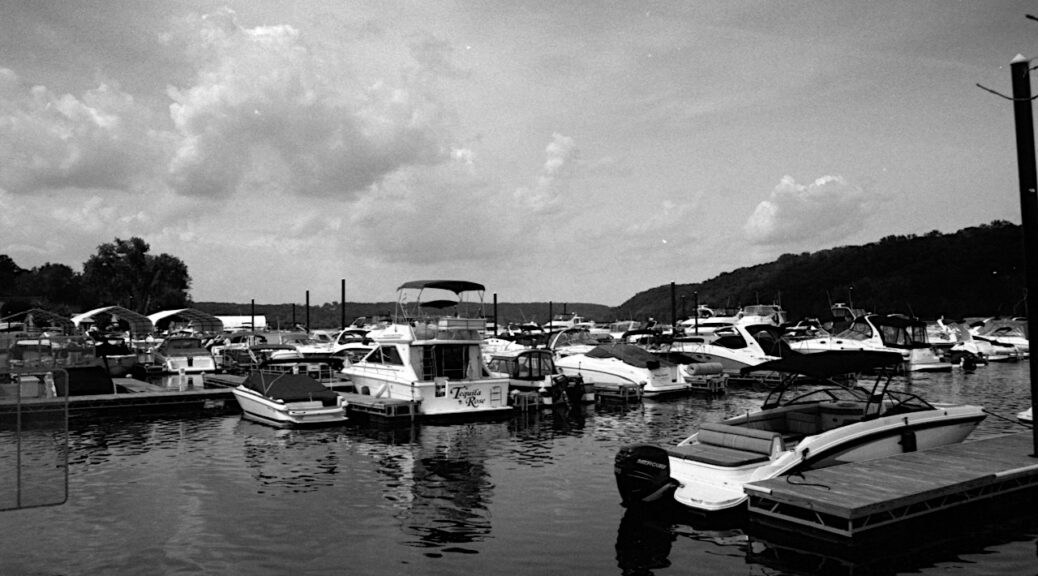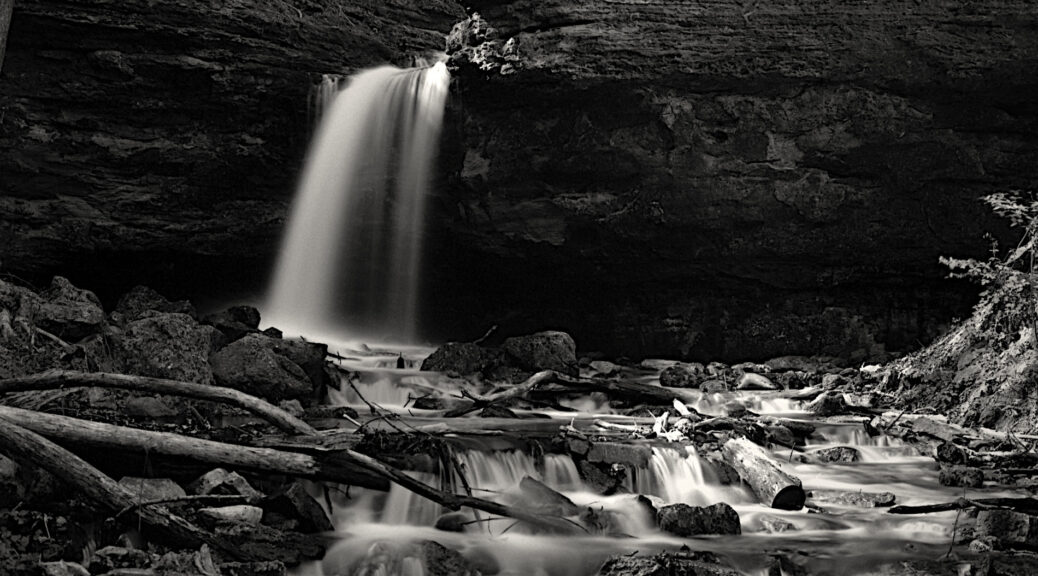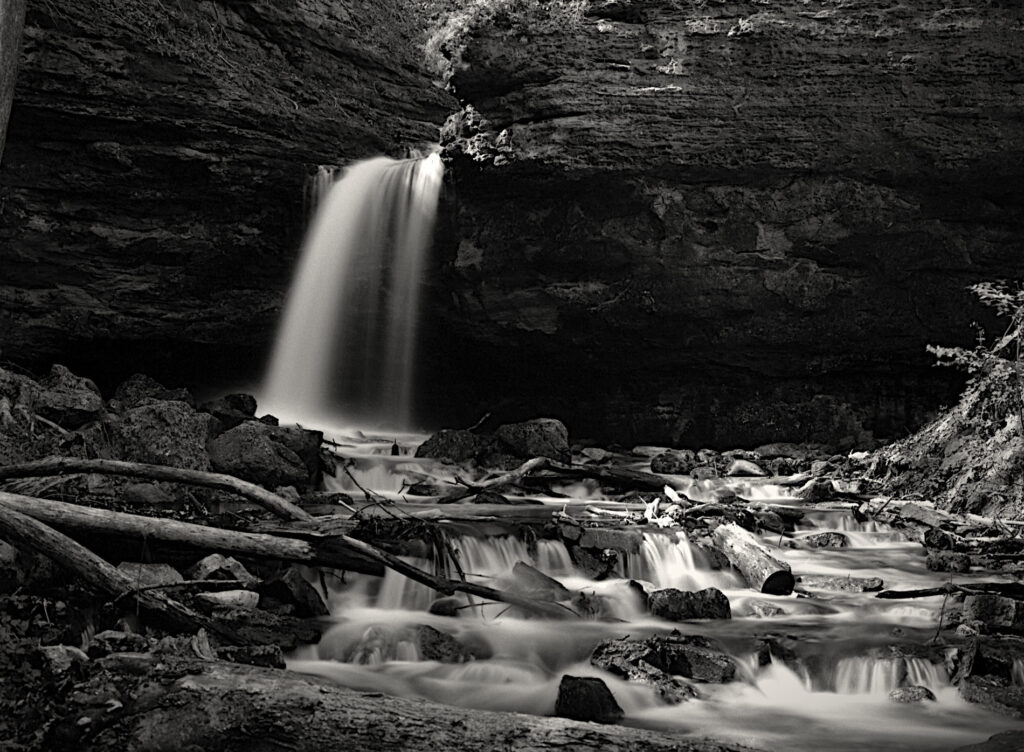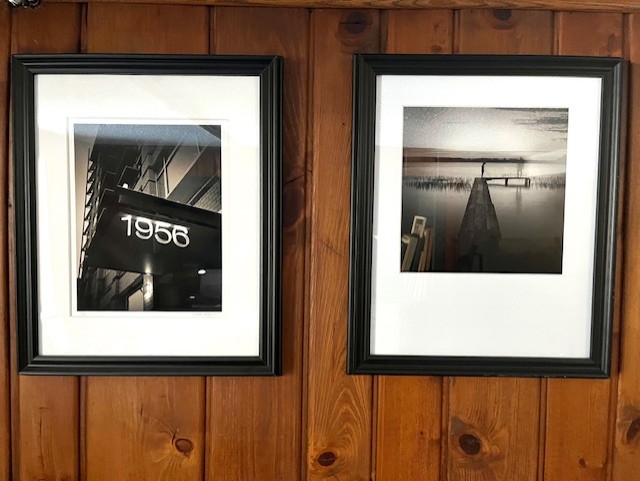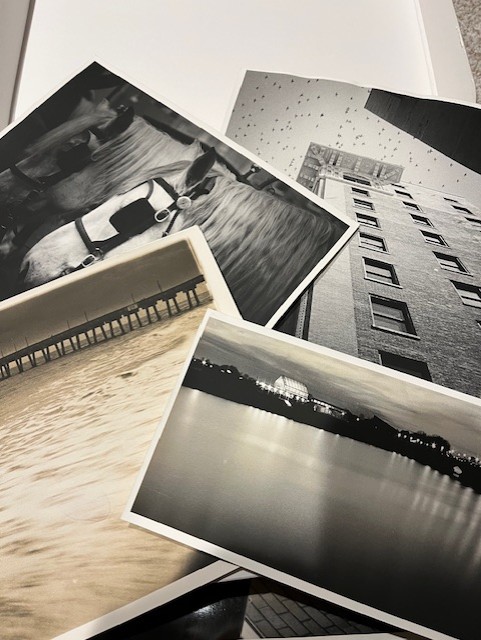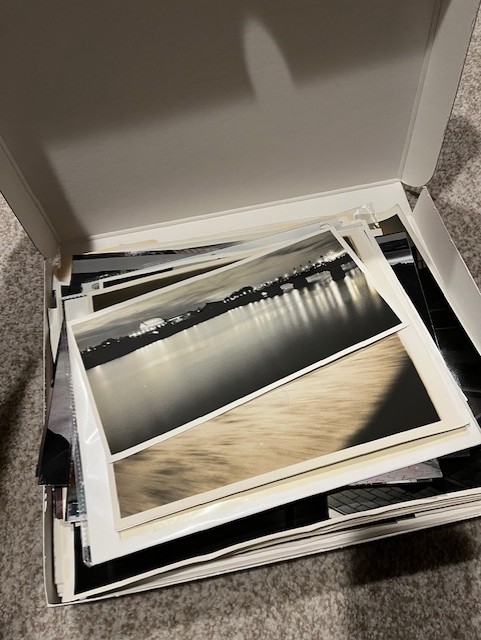Lately I have been frustrating myself with my work and it’s made me think about how I have grown in skill and my creative path forward. Sitting down and thinking about why my work wasn’t meeting my expectations was an interesting exercise.
The question to myself was, why am I not having the same enjoyment when I photograph as I used too? It seemed that often, I would go out to make some photographs and come back more frustrated than refreshed. Up until recently I would take my camera for a shoot, planned or impromptu, and would come back excited, refreshed and clear minded. This wasn’t happening lately.
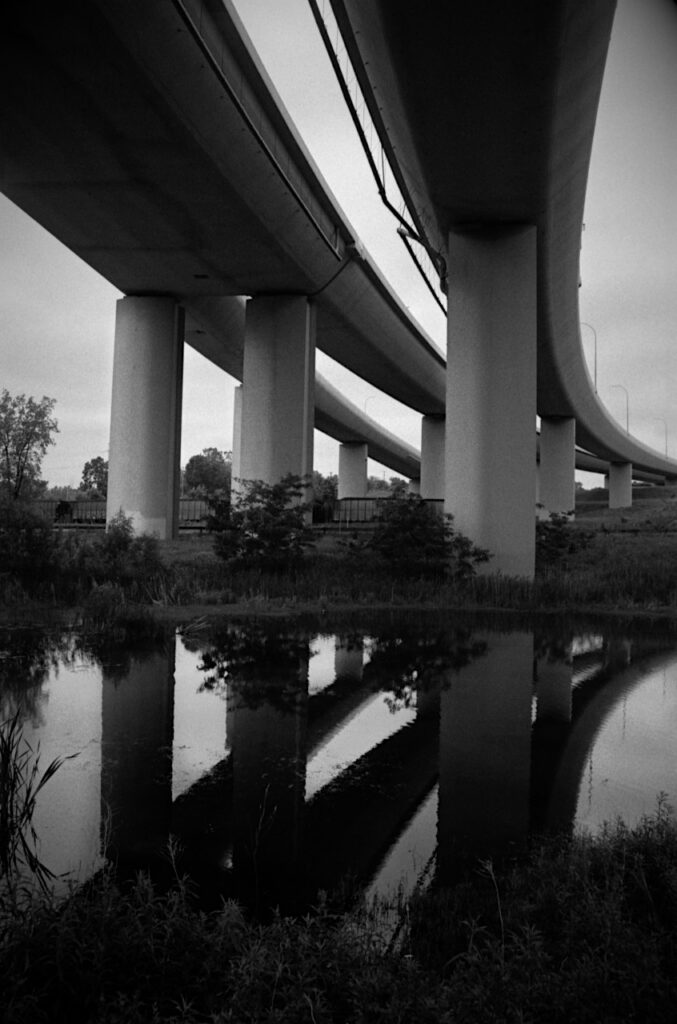
At first I thought it was my tools. Did I need a new lens to get the mojo back? What is wrong with my film process, do I need to change to a different film or developer? Maybe a new camera will help…
These are the obvious things many photographers look at to improve their work. In my opinion it’s a fools errand. When I thought about it more I realized all of my best work was made with the exact same cameras, lenses and process that I still use today. The tools haven’t just fallen apart, it was how I was using them. More importantly how I was seeing.
The biggest realization I have had after digging deep on why I was feeling frustrated about my work was that, as I have improved with my photography my expectations for results has increased. When I first started to take photography seriously as a form of expression I would get a photograph I was happy with one out of maybe fifty exposures. Looking back at them today the keepers are not up to my standards now. So I didn’t have much consistency when I began.
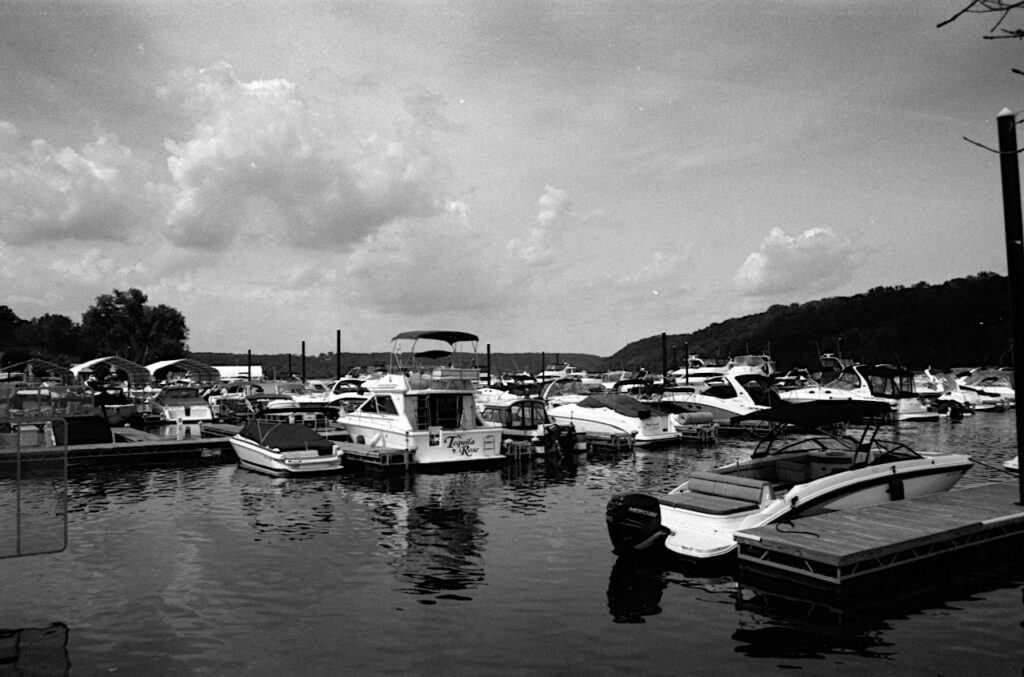
Now that my consistency has improved and I can make photographs that I see in my head before pushing the shutter, my expectations for results are much higher. I found myself taking less photographs because the scene before me wasn’t perfect. I would make excuses for the bad light or cluttered scene etc. I lost my spontaneity when looking at the world around me. I unintentionally put myself in a creative box.
What I have learned after spending some time thinking, looking back and examining how I work today is that I need to :
- Have no expectations, stop swinging for the fence every time
- Embrace creative failure, it leads to success in the long run
- Shoot more, put in the reps to keep my creative eye in shape
- Stay open to photographs I wasn’t looking for, take the shot just in case it works
- Boring today doesn’t mean boring tomorrow
- Really good photographs take a lot of time and energy, it’s not easy and never will be
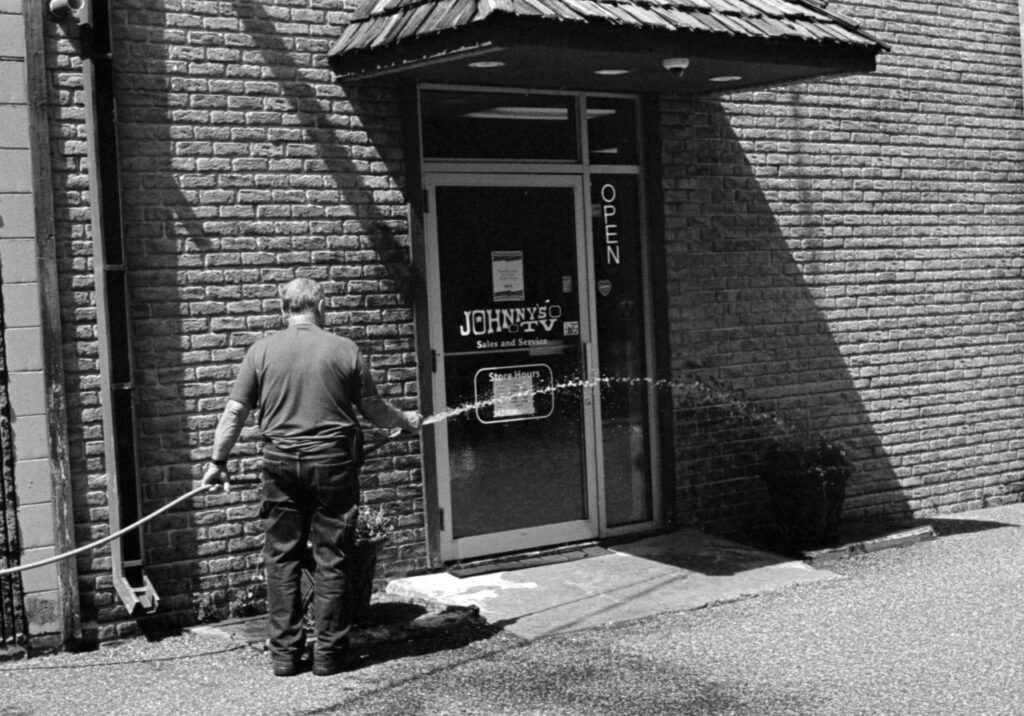
After realizing that I need to change my approach and the way I see I needed to start putting it into practice. Over the last few weeks I have carved out some regular time to just go out and shoot. Good light, bad light no matter the situation, no excuses.
Since I have changed my mindset and approach I can say that I have been having a lot more fun and getting photographs I am pretty happy with. Some may not amount to much but some I am really pleased with. The thing is, it is leading me in new directions and focuses on what I want to create in the coming weeks and months. I am back on track, today anyway.
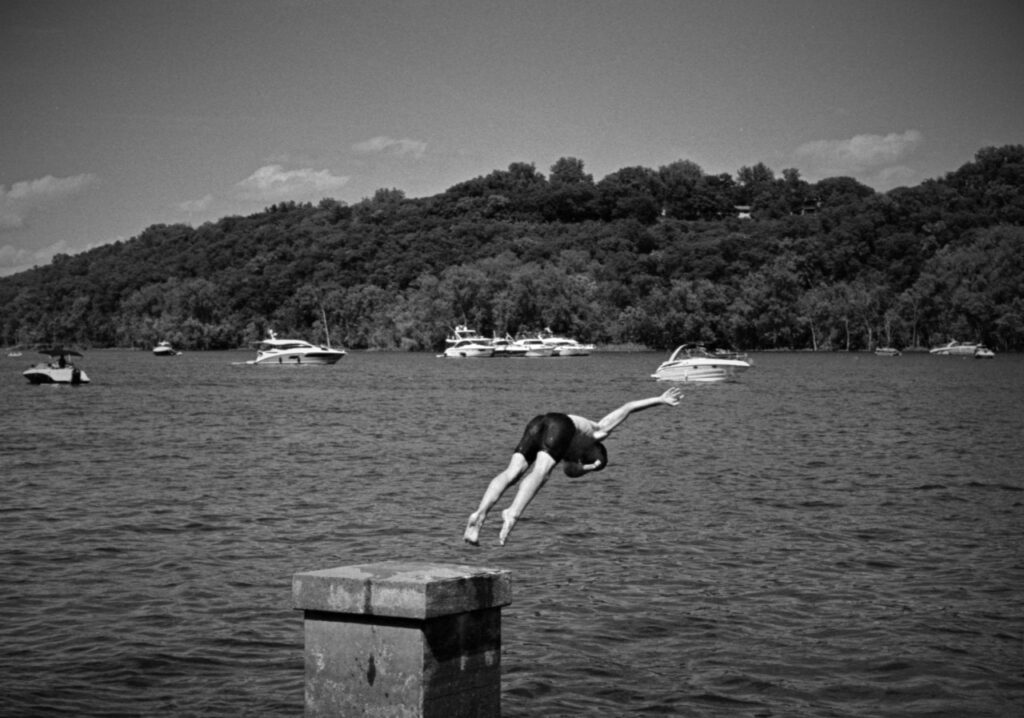
If you are a photographer or creative that is facing a stalemate in your creative practice I would recommend taking some time to re evaluate, meditate or take a close look at your motives, past work, goals etc. It’s easy for someone to tell you to be more spontaneous but it really sinks in when you come to that realization yourself through the work of self reflection.
If you like the content I post here on the blog then maybe you will be interested in my email newsletter. I send them out with other news, thoughts and tips on photography as well special print offers. Add your email in the form below. You can unsubscribe anytime, you won’t hurt my feelings.

